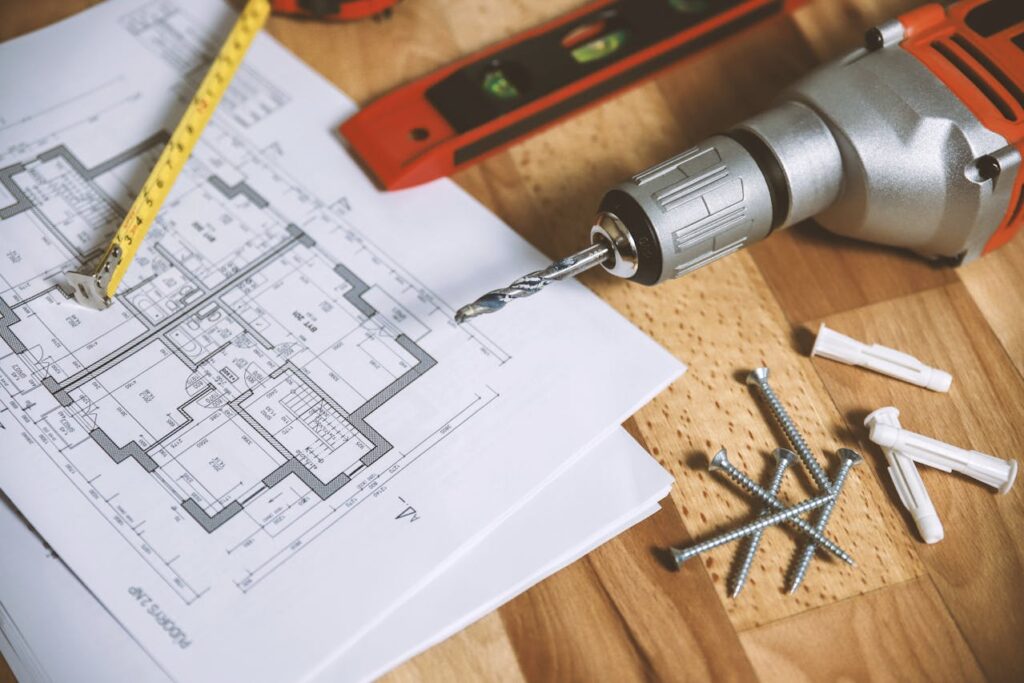Electrical Estimating: Guide to Accurate Costing
Effective electrical estimating is a cornerstone for successful construction and renovation projects. Estimating ensures each project is priced accurately, timelines are realistic, and resources are used efficiently. Below, we’ll explore the key components of electrical estimating, examine why it’s crucial, and look at popular tools that make the process smoother.
Why Electrical Estimating Matters
Accurate electrical estimating brings precision to a project’s budget and planning, especially in a field as critical as electrical installation. Whether for residential, commercial, or industrial projects, precise cost estimates help prevent budget overruns and unexpected costs. Estimators analyze blueprints, calculate quantities, and apply pricing for materials and labor. This systematic approach creates a solid foundation for project success.
Key Elements of Electrical Estimating
When crafting an accurate electrical estimate, certain elements must be addressed to avoid gaps in budget and resource allocation.
1. Understanding the Project Scope
Start by understanding the full scope of the electrical requirements, including detailed specifications of circuits, panels, lighting fixtures, outlets, and cable runs. Clarifying project scope ensures a clear outline of all materials, labor, and additional resources needed.
2. Reviewing Electrical Plans and Specifications
Examine the architectural and electrical plans thoroughly. The blueprint reveals essential details, such as circuit lengths, panel locations, and outlet placements. Cross-referencing these details helps avoid miscalculations in both labor and materials.
3. Material Costs
Material prices fluctuate, and specific requirements can affect your overall costs. Basic components often include cables, conduits, breakers, panels, and connectors. Be sure to include current prices and allow for any potential cost surges for these essential items.
4. Labor Costs and Labor Hours
Labor costs contribute significantly to the estimate. It considers not only the number of hours required but also the skill level of the workforce. A project involving complex wiring or high-voltage installations will need specialized, potentially more expensive, labor.
5. Special Requirements and Safety Standards
Electrical projects often involve specific standards and safety codes that must be adhered to. Always include expenses associated with safety inspections, permits, and certifications, which are necessary to comply with regional codes and standards.
Steps in the Electrical Estimation Process
To achieve an accurate estimate, follow these structured steps:

1. Site Inspection and Walkthrough
Visiting the site and conducting a walkthrough is essential. It helps you gauge site conditions, existing installations, and any factors that may impact the project. For instance, an older building might require extensive rewiring or updated grounding systems.
2. Takeoff Preparation
The takeoff is the backbone of electrical estimating, quantifying all necessary components, including cables, fixtures, connectors, switches, and other materials. Use digital takeoff tools, as they reduce time and minimize human error.
3. Calculating Material Quantities
Quantifying materials accurately is essential. For instance, running wires across a long distance may increase material requirements. Always confirm measurements in person to account for potential challenges like complex routing or existing obstacles.
4. Applying Unit Costs
Applying unit costs involves multiplying the quantity of each material by its price. This step establishes a baseline for material costs. Check recent price lists or online databases to ensure you use current prices.
5. Adding Labor Costs
Labor costs should reflect the time and expertise required for each task. Some tasks require more specialized skills and experience, such as working with high-voltage equipment or complex systems, and the labor rate should account for this.
6. Adding Overheads and Contingencies
Overheads may include equipment rentals, insurance, transportation, and safety equipment. Contingencies (typically 5-10%) cover unexpected events, such as weather delays or material shortages, which could extend the project timeline.
Tools for Electrical Estimation
Modern tools streamline electrical estimating, reducing errors and improving efficiency. Here are some top-rated electrical estimating software programs:
- Accubid – Known for accuracy, Accubid helps calculate costs for electrical installations, maintenance, and special requirements.
- McCormick Estimating Software – McCormick offers tools for large-scale electrical projects and allows for quick updates on unit prices.
- ProEst – ProEst provides cloud-based estimating solutions, which allow for real-time collaboration and easy access to project data.
- ConEst – ConEst offers detailed electrical estimating tools and integrates with other project management platforms.
- Trimble Estimation – This software combines detailed takeoff features with a range of other project management tools, making it versatile for larger projects.
Best Practices for Electrical Estimation
To make the most of your estimating process, keep these best practices in mind:
- Stay Updated with Market Trends: Always track trends in material costs, as they may impact project budgets significantly.
- Use Digital Tools for Consistency: Digital tools provide templates, price updates, and error-checking features to keep estimates consistent.
- Document Everything: Proper documentation is key to successful estimating. Track estimates, changes, and calculations for easy reference.
- Review and Revise Estimates Regularly: As projects progress, review estimates and adjust for any changes in scope or requirements. This approach keeps costs aligned with the project’s reality.
Advantages of Hiring Professional Electrical Estimating Services
Choosing a professional electrical estimating service ensures that all aspects of your project are accounted for. Professionals bring expertise in analyzing complex plans, tracking local code requirements, and using advanced software to generate detailed estimates. These services help clients manage their budgets, avoid cost overruns, and maintain consistent project timelines.
Conclusion
Effective electrical estimating is integral to project success. A well-prepared estimate aligns all parties, sets realistic budgets, and anticipates potential hurdles. By following a structured approach, using modern tools, and adhering to best practices, electrical estimators can produce accurate, reliable estimates that guide projects to successful completion.

